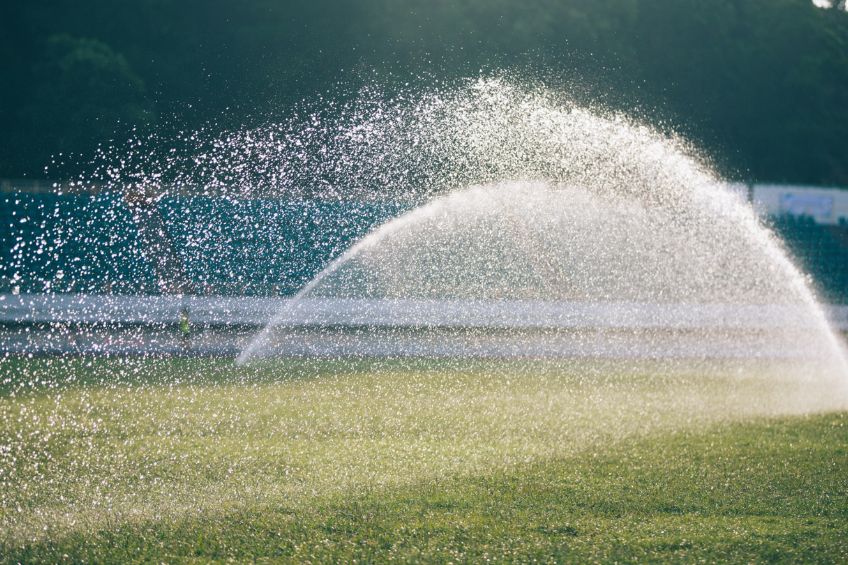
In today's technologically advanced world, farmers use precision irrigation to cultivate their crops to perfection. Having said that, this level of complexity was nurtured over many centuries. Come along with me as we explore the history of the sprinkling system, from its humble beginnings to its modern, cutting-edge version.
The early irrigation systems were developed because your forefathers recognized the critical role of water for farming. Mesopotamia, Egypt, and China all had sophisticated irrigation systems that relied on canals, dikes, and ditches to divert river water to crops that needed it. These were the first fruits of human creativity, born out of the necessity to transform dry places into lush ones.
The seeds of the first sprinkling systems were nourished by the desire for efficiency, as you learn more about the history of agriculture. A water clock with valves made by the Greek mathematician and inventor Ctesibius of Alexandria in the first century BCE may have been one of the first examples of the sprinkler idea. However, it took more than a millennium to implement this concept in large-scale applications.
By the 19th century, innovations began to emerge. J. Lessler of Buffalo, New York patented the first lawn sprinkler in 1871. It signified the transition from labor-intensive procedures to more automated alternatives. Then, as the 20th century progressed, more sophisticated systems emerged, capable of covering larger areas, using timers, and even responding to soil moisture levels.
These systems have been drastically altered by the technological wave you are currently riding. A range of technologies, including climate-responsive systems, intelligent controllers, and micro-irrigation methods, maximize water use and enhance agricultural productivity. These developments have greatly aided attempts to conserve water in addition to having positive economic effects.
You are living during a pivotal moment where these irrigation systems need to adapt to new problems like population increase and climate change. In addition to watering plants, today's sprinkler systems are fighting to preserve ecological harmony and provide food security for billions of people.
The inventions that resulted in the highly developed sprinkler systems of today are examples of human ingenuity and perseverance in the face of environmental difficulties. The sprinkler system is still a work in progress, and you have a significant role to play in determining its next chapter as agricultural demands change and you work toward sustainability.